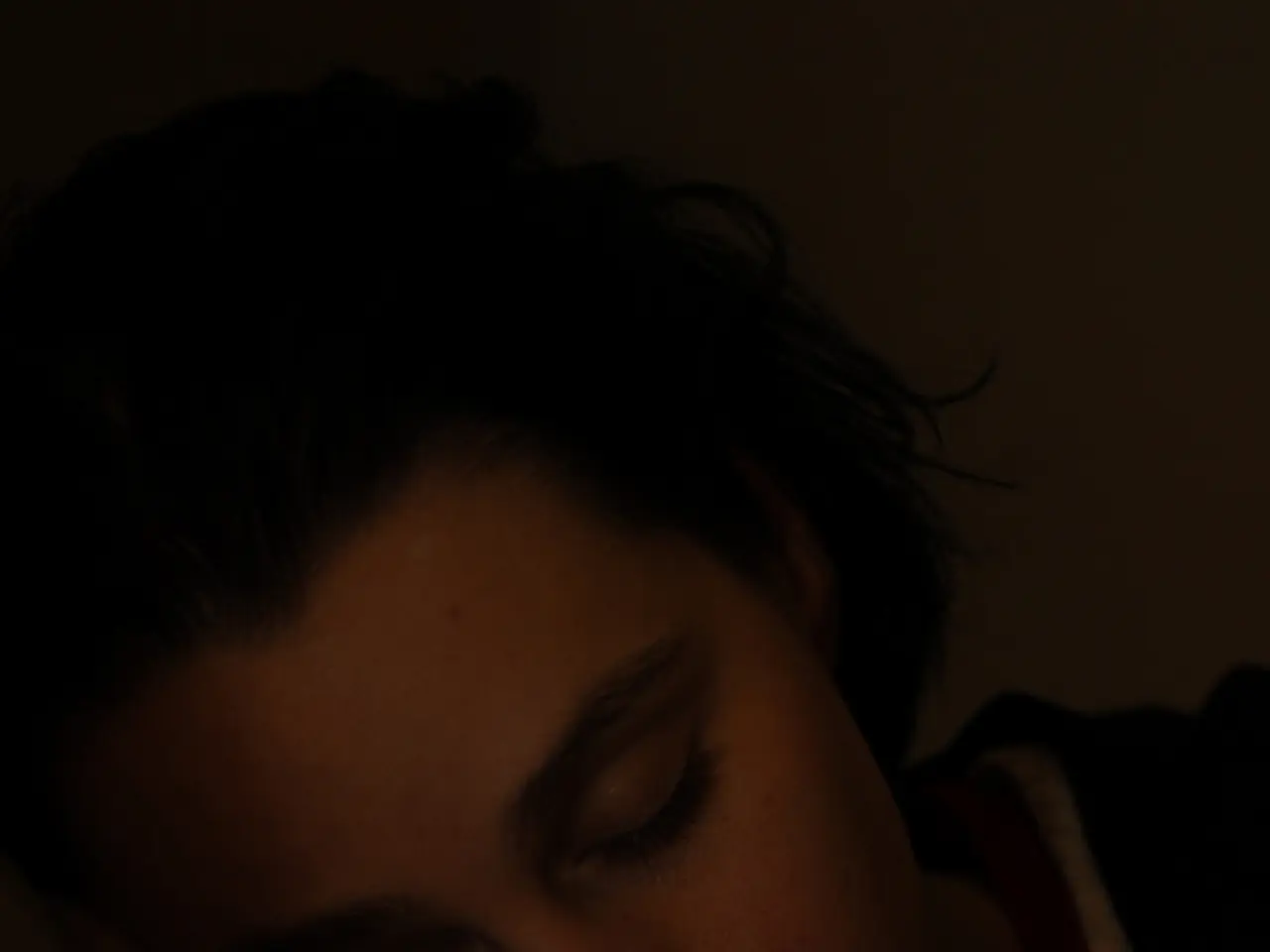Medicare's coverage for oxygen equipment and supplies: a factfinding mission
In the realm of healthcare, understanding the financial implications of treatments is crucial. This article aims to shed light on the costs associated with oxygen therapy under Medicare, a key provider for many Americans.
Firstly, it's important to note that Medicare does not cover all the costs of oxygen therapy. An individual with Original Medicare must pay an annual Part B deductible, which is $257 in 2025, and will also have to pay 20% of the Medicare-approved amount for Home-Based Oxygen Therapy (HBOT) or home oxygen therapy.
There are variations in Medicare coverage for different types of oxygen therapy, each with specific cost implications and requirements.
**1. Home Oxygen Therapy**
This therapy, covered under Medicare Part B, is available for individuals with qualifying medical conditions and a physician's order for oxygen therapy. Coverage requires diagnostic tests such as blood gas tests to show medical necessity. The doctor must specify the amount, duration, and frequency of oxygen required; oxygen "as needed" usually does not qualify.
Typically, Medicare covers most rental costs if equipment is obtained from a Medicare-approved supplier accepting assignments. However, out-of-pocket costs usually include 20% coinsurance of the Medicare-approved amount, plus the Part B deductible, if not met yet.
**2. Hyperbaric Oxygen Therapy (HBOT)**
HBOT is covered by Medicare only for specific FDA-approved conditions such as carbon monoxide poisoning, decompression sickness, certain non-healing wounds, and some infections. Coverage specifics depend on National Coverage Determinations (NCD) and Local Coverage Determinations (LCD), which are sometimes absent, leading to local or case-by-case decisions.
Typical HBOT requires multiple sessions, and costs can be significant, ranging from $4,500 to $6,000 for chambers in a business context. Patients often face out-of-pocket costs depending on their Medicare plan and deductible fulfillment. Prior authorization may be necessary depending on the Medicare contractor.
**3. Portable Oxygen Concentrators (POCs)**
Covered under Medicare Part B as durable medical equipment, POCs are often more expensive than regular oxygen supplies but offer mobility benefits. Requirements are similar to stationary home oxygen devices: documented need via appropriate testing, a physician’s prescription, and purchase or rental through Medicare-approved providers.
In all cases, getting oxygen therapy covered by Medicare requires documented medical necessity, a physician’s prescription, use of Medicare-approved suppliers, and potentially prior authorization depending on local Medicare contractors. Costs to beneficiaries generally include the standard 20% coinsurance of Medicare-approved amounts and any unmet Part B deductibles.
For individuals with a Medicare Advantage (Part C) plan, the costs of coverage may vary, and they should contact their plan provider to find the coverage guidelines for oxygen therapy. A person must purchase a portable oxygen concentrator if they want one, but Medicare will help pay for the supplies that the person needs to use alongside the machine.
In conclusion, navigating the costs of oxygen therapy under Medicare requires careful consideration and understanding of the specific requirements and coverage implications for each type of therapy. It is always advisable to consult with a healthcare professional and Medicare provider to ensure the best possible understanding of one's coverage.
- Understanding the financial implications of oxygen therapy under Medicare is crucial, as an individual with Original Medicare must pay an annual Part B deductible and 20% of the Medicare-approved amount for Home Oxygen Therapy (HBOT) or home oxygen therapy, with out-of-pocket costs usually including the coinsurance of the Medicare-approved amount as well.
- Medicare coverage for Hyperbaric Oxygen Therapy (HBOT) varies depending on the specific FDA-approved medical conditions, with costs ranging from $4,500 to $6,000 for chambers in a business context and patients often facing out-of-pocket costs depending on their Medicare plan and deductible fulfillment.
- Portable Oxygen Concentrators (POCs), covered under Medicare Part B, are more expensive than regular oxygen supplies but offer mobility benefits; they require documented medical necessity, a physician's prescription, and purchase or rental through Medicare-approved providers, similar to stationary home oxygen devices.




